#angiosperm
Explore tagged Tumblr posts
Text
angiosperms - plants that have flowers and have seeds inside fruits. (where angeion means vessel and sperma meaning seeds)
angiosperms are actually the largest group in the plantae kingdom with around 290,000 species!! very important for us.
i recently learnt that the petals on many angiosperms (sunflowers for example) have UV patterns - since the whole purpose of a flower is to attract pollinators, these UV patterns help with pollination as well. this is what they look like:

so cool! as you can see, the colouration highlights the centre of the flower, and if you look up more images of UV colouration, you’ll see that this is a recurring phenotype.
this is because it attracts pollinators to the centre of the flower, helping them locate it. how sick is that?
humans aren’t able to see these patterns since our vision doesn’t detect ultraviolet light, but we’re not the target - bees CAN detect ultraviolet light and are somehow able to communicate with plants due to this phenomenon!
another reason why bees are cool.
13 notes
·
View notes
Text

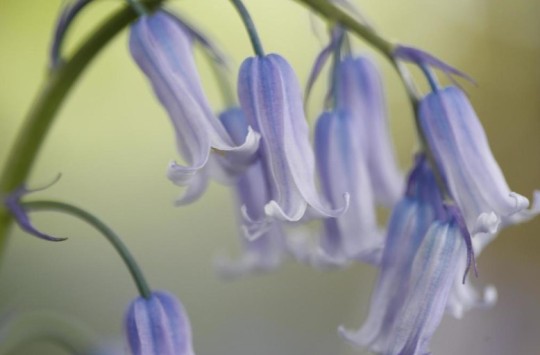
Common Bluebell (Hyacinthoides non-scripta)
Family: Asparagus Family (Asparagaceae)
IUCN Conservation Status: Unassessed
Adapted to life in deciduous forests with dense canopies that limit the degree to which low-growing plants can access sunlight, Common Blubells survive by rapidly developing and reproducing during the early spring before the trees around them develop their leaves. In the later spring and early summer, as taller competing plants develop leaves, the flowers, stems, leaves and even roots of members of this species wither as they enter a dormant state until the following spring, with only an onion-like subterranean bulb, packed with sugars produced through photosynthesis during the non-dormant period, remaining; come next year's spring, the sugars in the bulb are used to facilitate the rapid development of new roots and leaves, allowing the bluebell to repeat the process year after year. Common Bluebells can reproduce both sexually (producing 5-12 small, pale-purple bell-shaped flowers that droop notably to one side when in bloom, with each flower possessing pollen-producing "male" organs and pollen-receiving "female" organs, with any flower that is pollinated developing into a small seed-filled pod that drops its seeds as the plant goes dormant) and asexually (with new but genetically identical bulbs, known as "daughter bulbs" developing as offshoots from the sides of an existing mature bulb, known as a "mother bulb",) and as they thrive in shady deciduous forests and are unable to easily disperse their seeds or bulbs over any great distance, it is not unusual for the understory of a forest that supports members of this species to be completely dominated by them during the spring - such forests are referred to in some regions as "bluebell woods'."
--------------------------------------------------------------------------
Image Source: https://www.inaturalist.org/taxa/56132-Hyacinthoides-non-scripta
#common bluebell#Common Bluebell#bluebell#botany#biology#angiosperm#angiosperms#flowering plants#flowers#plant#plants#wildlife#European wildlife#flower
106 notes
·
View notes
Text
Check out the latest Cider Musing on TeePee Cider. Why are apples self infertile? A complex game of seek and kill at the protein level. Worthy of John Le Carre. #apples #blossom #flower #genetics #selfinfertile #RNA #proteins https://teepeecider.co.nz/blogs/cider-musings/ever-wondered-why-apple-trees-are-mainly-self-infertile-although-they-have-male-and-female-parts-in-each-blossom

6 notes
·
View notes
Text
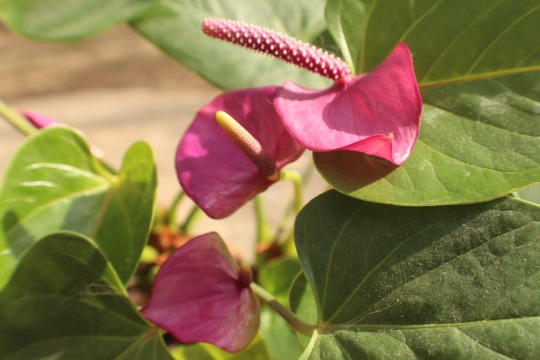

Flamingo Flower/ Anthurium
#plants#plant#plantblr#succulent#succulents#cactus#potted plants#houseplants#cacti#cacti and desert plants#anthurium#spadix#flowers#floral#blumen#Blume#flamingo flower#angiosperm#flowering plants
16 notes
·
View notes
Text
The Classification Of Plants
The Classification Of Plants The Classification Of Plants Classification Of Plants The Plant Kingdom Is Divided Into Two Sub-Kingdoms, Thallophyta And Embryophyta. Under Thalophyta – Algae , Fungi , Bacteria Are Studied . Algae They Are Autotrophic , That Is, They Make Their Own Food. Algae Grow On Fresh Water (Rivers, Ponds, Springs Etc.) And Fresh Water (Sea Water), Mountains, Trees,…
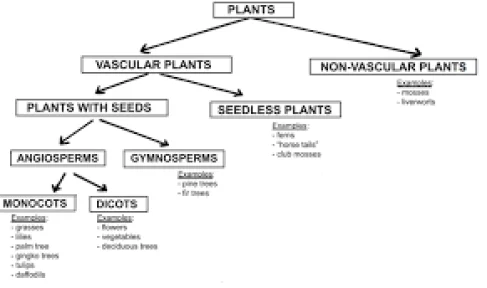
View On WordPress
#Algae#Angiosperm#Bacteria#Biology#Bryophyta#Embryophyta#Fungi#Gymnosperm#Pteridophyta#Thallophyta#The Classification Of Plants
0 notes
Photo
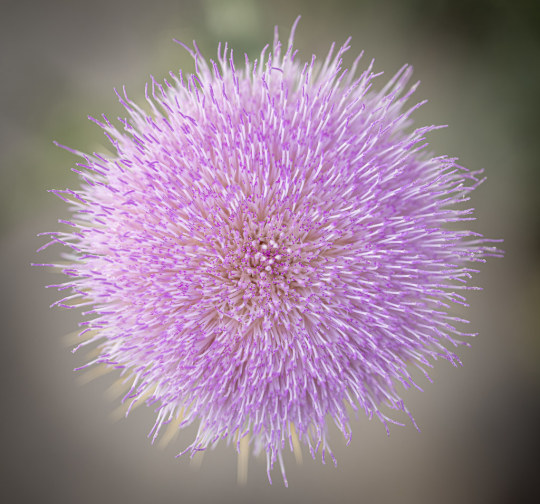
Thistle by Wade Tregaskis https://flic.kr/p/2oMwy9K
0 notes
Text
In contrast, the haploid cells produced by meiosis in plants differentiate into spores – microspores (male) or megaspores (female) (Figure 21.1).
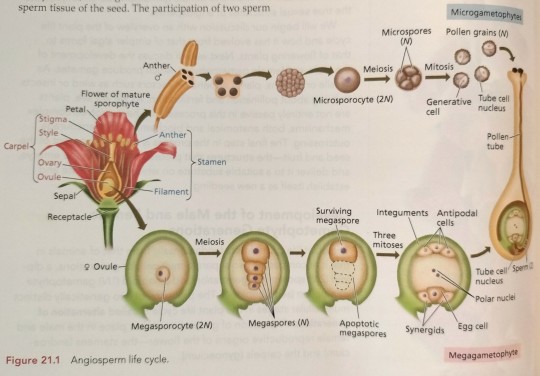
"Plant Physiology and Development" int'l 6e - Taiz, L., Zeiger, E., Møller, I.M., Murphy, A.
#book quotes#plant physiology and development#nonfiction#textbook#plant cells#cell differentiation#gametes#haploid#meiosis#spores#microspore#megaspore#pollen#gametophyte#angiosperm#life cycle
0 notes
Text
had an interview for a plant job in Nevada and afterwards the interviewer emailed me a list of all the known plants there confirmed by the organization and I keep considering responding with ‘Wow, and all these plants are running casinos you say?’ and every time I restrain myself
#i probably could do it because the interview went very well and we just talked plants for an hour#he read me so well dude at one point he asked me what my favorite basal angiosperm was#and I was like I’m gonna be honest it’s gotta be that one singular shrub found only on an island off the coast of Australia#that has no vessels only trachieds for moving water around like it’s some kind of pine tree#breaking news: local shrub must push water through a bunch of tiny tubes instead of a mix of tiny and large tubes. imagine doing this#i looked it up and it’s Amborella. that’s the plant in question
564 notes
·
View notes
Text




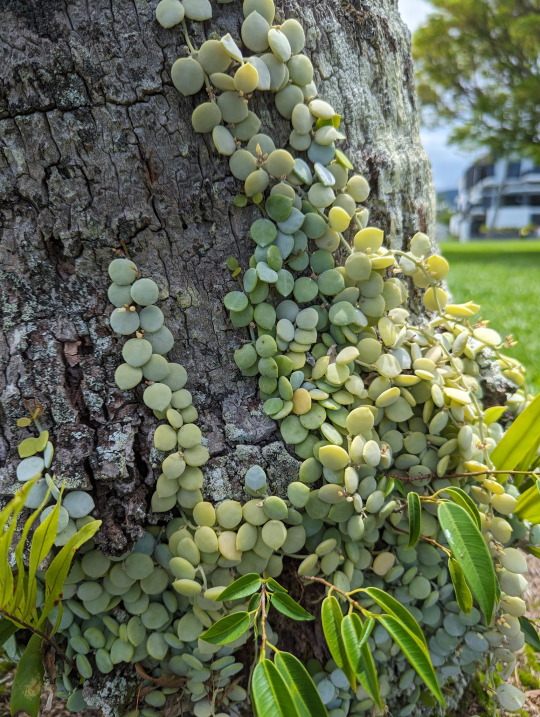
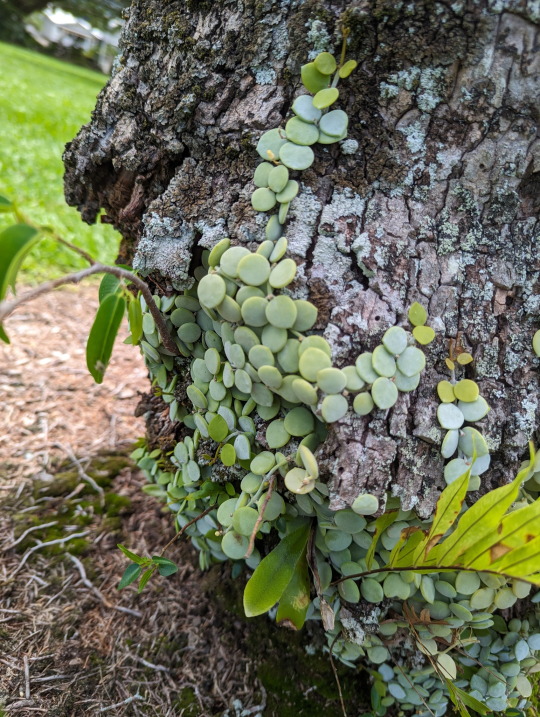
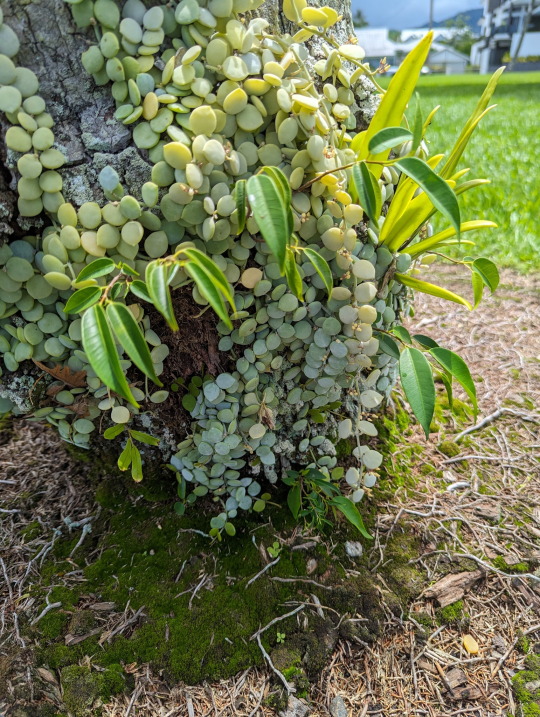
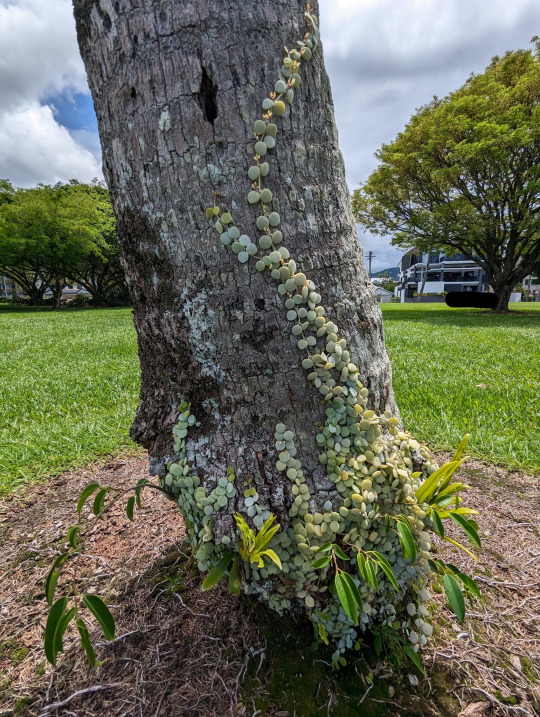
Beautiful button orchid growing on a palm tree.
17/01/24 - Dischidia nummularia
QLD:WET - Cairns
#nature#Dischidia nummularia#Button Orchid#Plantae#plants#botany#Milkweeds#Gentianales#Magnoliopsida#Dicots#Angiospermae#Flowering Plants#angiosperms#Tracheophyta#Vascular Plants
165 notes
·
View notes
Text
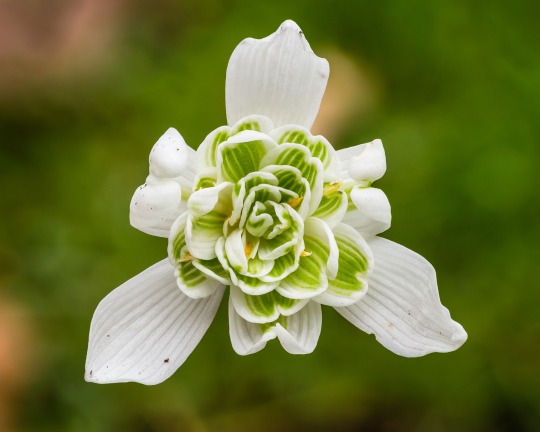
Galanthus Nivalis, sneeuwklokje. 12-02-2024. (d.j.b.)
“Galanthus nivalis double-flowered Snowdrop. Focus stack of 44 photos.” - via Wikimedia Commons
#picture of the day#picture of the day 02/12/2025#galanthus nivalis#common snowdrop#snowdrop#nature photography#wikipedia#wikipedia pictures#wikimedia commons#nature#plants#flora#flowers#plantae#plant aesthetic#plant life#tracheophytes#angiosperms#monocots#Asparagales#asparagoid lilies#Amaryllidaceae#Amaryllidoideae#flowering plants#botany#botanical#photography#plant photography#snowdrops#plantblr
12 notes
·
View notes
Text

It's a perfect day!! The sun is out, and the air is just the right temperature. As you can see, Washington is, definitely, the evergreen state because the deciduous trees, too the left, are still mostly green. I love it when they, finally, change color. It looks so great with the green background 😍 💚💚💚 I love living here!!!
#perfect day#sunny#beautiful#green#deciduous trees#leaves#changing color#love#happiness#thank you#sharing#joy#nature#trees#gorgeous#i love living here#beauty#spectacular#lovely#big trees#happy#evergreen state#evergreen#fir trees#angiosperms#sky#blue
9 notes
·
View notes
Text

Uape Jacana giant water lilies (Victoria amazonica) in Mato Grosso, Brazil.
by Brian Henderson
#uape jacana#giant water lilies#water lilies#plants#victoria amazonica#victoria#Nymphaeaceae#Nymphaeales#angiosperms#Tracheophytes#plantae
82 notes
·
View notes
Photo

Fireweed (Chamaenerion angustifolium)
Family: Evening Primrose Family (Onagraceae)
IUCN Conservation Status: Least Concern
Growing rapidly and reproducing very frequently, Fireweed thrives in areas that have been recently cleared of other plants due to forest fires or other disruptive events, earning it its name. Widely distributed throughout the northern hemisphere, it is a textbook example of a pioneer species (the first species of plants, or other non-motile organisms, to spread onto land that has been cleared of its previous occupants) ; unable to compete with taller, more “aggressive” species of plants that will have taken over older habitats, its seeds remain dormant in soil for years at a time, while adult plants may remain in small numbers in clearing or frequently-disturbed forest edges, or may be entirely absent. When a fire occurs the seeds respond to the heat and begin to germinate, allowing young individuals to emerge after the fire has subsided and most potential competitors have been eliminated. After sprouting, young Fireweed can reach considerable heights (potentially growing to be up to 2.5 meters/8ft tall, although in areas with limited resources they may never exceed 0.5 meters/1.6ft) and, upon reaching maturity, will develop numerous 5-petaled pink flowers each year that, once pollinated, develop into long strings of tiny seeds covered with cottony parachute-like structures that allow them to be carried away from their parent on the wind, settling in new ground where they may later germinate. Members of this species can live for several years, but as slower-growing but taller and more competitive plants gradually return to a cleared area Fireweed populations will gradually decrease as their access to sunlight and soil nutrients is reduced. As such, once an area has “healed” from the disturbance that cleared it, adult Fireweeds become rare once again, but the seeds they produced when more abundant remain dormant in the soil until another disturbance provides them with an opportunity to grow. In human-influenced habitats faced with near-constant disturbance (such as railways or roadsides,) it is possible for adult Fireweeds to remain abundant permanently, and the ease at which members of this species adapt to urban environments, combined with its impressive hardiness, has led to it becoming somewhat prominent in folklore, featuring on the flag of the Canadian territory of Yukon, being referenced in the works of Rudyard Kipling and J.R.R Tolkien, and earning the name “Bombweed” in the UK after large numbers of Fireweeds were observed growing in the ruins of bombed-out buildings leveled during World War II. Ecologically, various species of deer, bears and hawk-moths are known to feed on the leaves, flowers, nectar and seeds of this species.
--------------------------------------------------------------------------
Image Source: https://www.inaturalist.org/taxa/564969-Chamaenerion-angustifolium
#fireweed#Chamaenerion angustifolium#plant#plants#flowering plant#flowering plants#angiosperms#angiosperm#biology#botany#wildlife#African wildlife#north american wildlife#Asian Wildlife#European wildlife#ecological succession#ecology#flower#flowers
64 notes
·
View notes
Text
i’ve been trying to identify the plant ratio is holding and i think it’s an olive branch (?) and we know the image of the dove with the olive branch so my man is a peaceful soul
#* ✦ 𝐈. ❮ ooc ❯ ⸻ ❝#it could totally be something else honestly#if anyone knows pls tell me#i just woke up the brain isn’t on yet#ratio an owl and a dove tho#he’s metamorphosising#i do think he wants to bring about peace by wiping out ignorance#otherwise it’s totally a medicinal plant and i just didn’t study enough angiosperms to work out what it is
16 notes
·
View notes
Text
Bitches love me for my statesman and agroecology skills
And for how I play the tibia
#beetle posts#beetle rambles#oc#oc posting#aulus bruccius tyranus lanius#sona#this genderfluid angiosperm loves playing the tibia
4 notes
·
View notes
Text

Thunbergia grandiflora :3
Visiting Indonesia for a uni trip and it’s so cool just how green everything is
5 notes
·
View notes